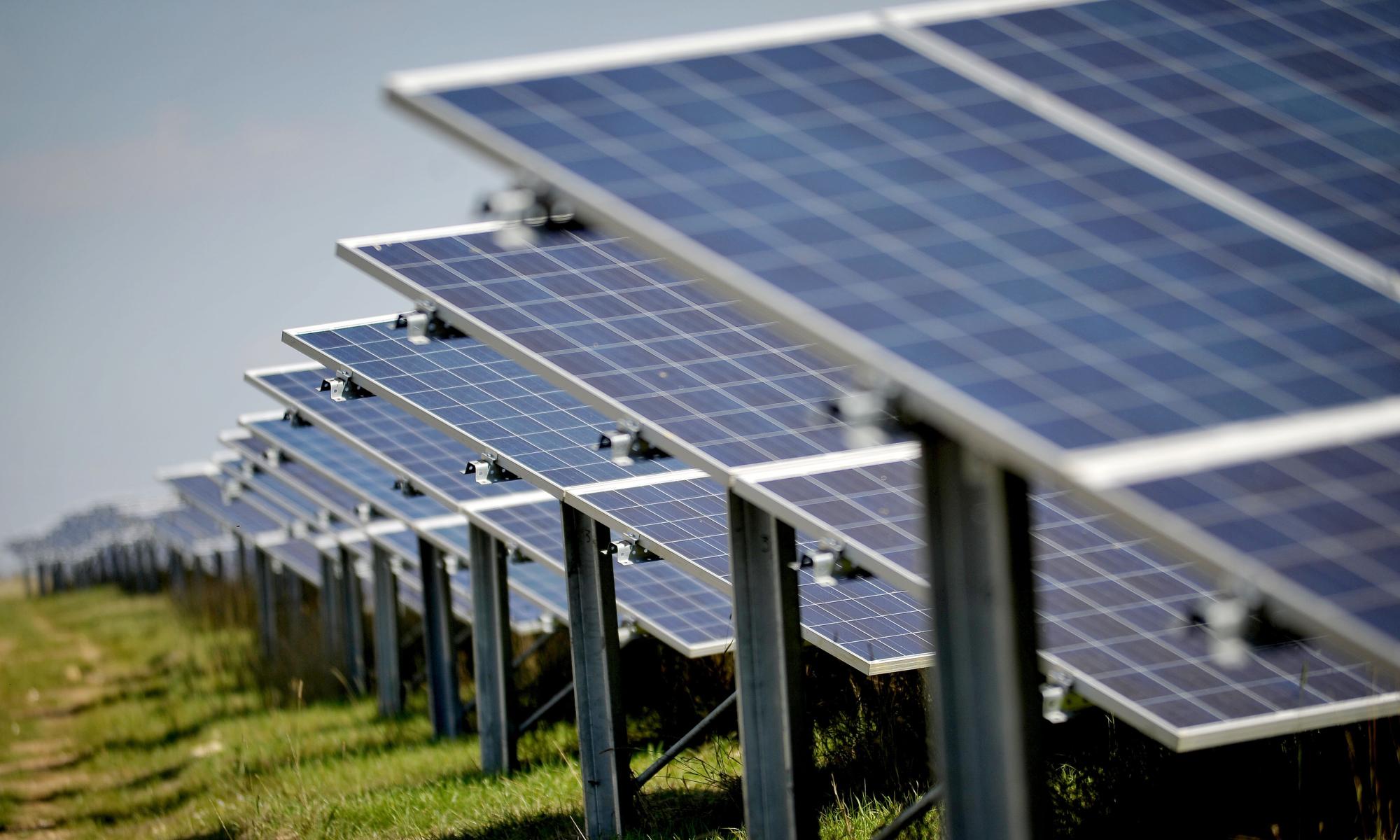Growth in energy demand to slow
Global energy demand grew only 1 percent in 2015. In BP’s latest “Statistical Review of World Energy,” the company found that global primary energy consumption grew by only 1 percent last year. That rate was similar to the growth rate seen in 2014 and significantly lowers than the ten-year average of 1.9 percent.

Analyzing year 2015
According to BP, the slowdown was tied to slowing consumption growth in China. In 2015, China posted its slowest rate of energy consumption growth in 20 years, although it still remained the world’s largest growth market for energy demand for a fifteenth consecutive year.
BP CEO Bob Dudley said that the energy industry is “seeing a gradual deceleration in global energy consumption as the huge boost from globalization and Chinese industrialization slowly subsides.”
“Our industry is living through a period of profound change. But that is nothing new: the past 65 years have seen huge changes to the global energy landscape. Our task as an industry is to take the steps necessary to provide the energy to meet the world’s growing demand and ensure our sector remains resilient to the many factors that may buffet us in the near term,” BP CEO Bob Dudley said.
The PwC Report
According to a report recently released by PriceWaterhouseCoopers (PwC)‚ two-thirds of the world’s population will remain without electricity by 2030. The report titled Electricity beyond the grid recommends that a new approach be used that recognizes the part that off-grid technology can play in providing electricity.
“For the millions of people who don’t currently have access to electricity‚ the old assumption that they will have to wait for grid extensions is being turned on its head by new technological possibilities. About 634 million people without electricity are in Africa. Faster progress is needed‚ and we believe it can be achieved if national energy policies adopt a more comprehensive approach to energy access‚ embracing the new starting points for energy provided by standalone renewable technology and mini-grids‚” said John Gibbs‚ partner at Africa Deals Power & Utility Lead in PwC.
Current electrification strategies tend to focus on national grid extension plans.
His colleague at PwC‚ Angeli Hoekstra‚ added that advances in technology were rapidly changing the option available beyond to the grid.
“Falling solar technology costs have spurred the growth of standalone home systems and are changing the economics of mini-grid systems. Battery storage technology is fast evolving to the point where it is going to play a significant role in utility-scale solar power storage and is beginning to feature in smaller-scale off-grid solutions. Together with access to mobile technology and mobile payment systems for micro loans‚ a new era has arrived for beyond the grid electrification‚” Hoekstra said.

Looking ahead
Latest research from McKinsey Energy Insights suggests that energy demand growth will decelerate to 0.7% per annum through to 2050, a rate well below mainstream base case perspectives, including McKinsey’s previous forecasts. The analysis shows growth in demand for oil will slow significantly – to 0.4 per cent per annum through 2050. McKinsey sees a possible case for a peak in oil demand around 2030.
McKinsey Energy Insight’s latest analysis shows that despite an expected increase in global population of around 36%, alongside a doubling in GDP by 2050, a number of structural shifts in the level and composition of economic growth as well as energy sector dynamics will depress global energy demand growth. This reduction in energy demand growth from previous forecasts has significant implications for investment decisions. Major investments in the energy system may no longer be needed and some could be at risk of being stranded.
McKinsey projects that oil demand will flatten, primarily due to a decline in demand from light vehicles – driven by improved efficiency of combustion engines and increased adoption of electric vehicles. Many projections expect that this trend will be offset by increased energy demand from the chemicals sector. However, a significant share of the growth in energy demand from the chemicals sector will translate to growth in demand for light end petroleum products, a large share of which are not made from crude oil. As a result, demand for oil will grow more slowly.

Occo Roelofsen, a senior partner at McKinsey, said:
“McKinsey foresees lower growth in energy demand than previously forecasted. In our business-as-usual case, growth in demand for oil falls to 0.4% per year through to 2050, with yet slower growth beyond 2025. Assuming higher plastic recycling rate, more efficient use of packaging, and a step change in light vehicle technology – electric, autonomous vehicles and ride sharing – peak oil demand could be reached around 2030. This has major implications for the global energy balance, oil market dynamics and the oil industry.
“Expected increases in population and GDP will not lead to rising demand for energy as they have in the past. This change is driven by three factors: first, overall GDP growth is structurally lower as the population ages; second, the global economy is shifting away from energy-intense industry towards services; and third, energy efficiency continues to improve significantly.”
McKinsey also highlights that fossil fuels will continue to dominate the energy mix to 2050, but their contribution will decline from 82% today to 74% in 2050.
Growth in electricity demand will outstrip growth in demand for other sources of energy by more than two to one, primarily as a consequence of building and industry electrification in China and India. Almost 80% of capacity to meet this overall increase will be in the form of solar and wind power, reflecting a strong shift towards renewables.
